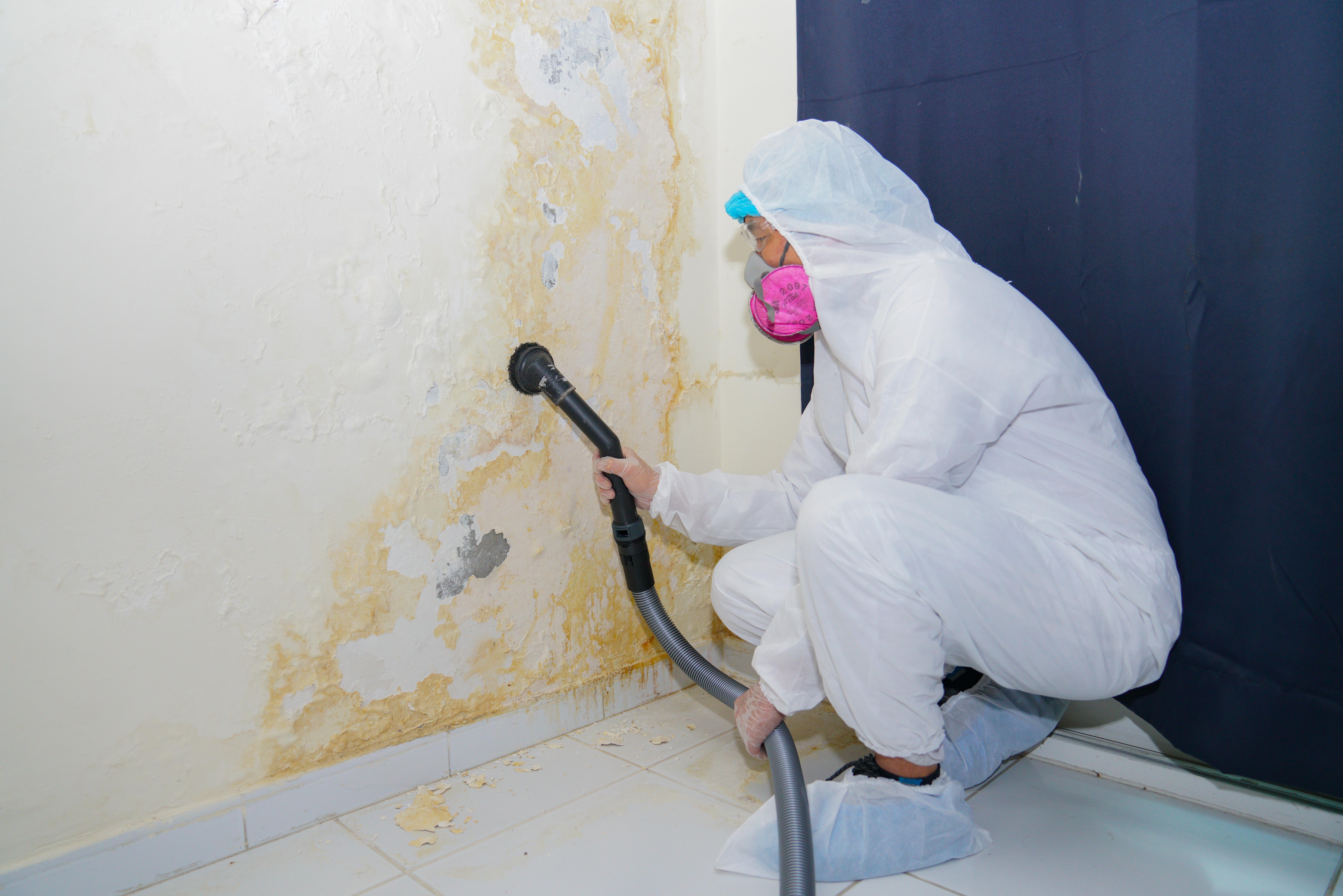Accessing Local Post Remediation Mold Testing Near Me
Your Ultimate Guide to Message Mold Remediation Methods
Navigating the realm of post-mold removal techniques is a precise procedure that requires interest to information and a comprehensive understanding of the ins and outs included. In the results of mold problem, recognizing how to successfully remove the mold and avoid its reoccurrence is paramount for keeping a healthy indoor setting. From selecting the ideal cleansing and disinfecting methods to implementing strategies for long-lasting mold and mildew prevention, each action in the remediation trip plays an important role in guaranteeing an effective end result. As we start this exploration of post-mold remediation strategies, we will certainly uncover the essential techniques and finest methods that can help you restore your area to its pre-mold condition and protect it against future mold and mildew risks.
Understanding Post-Mold Removal Process
After finishing the mold remediation procedure, it is essential to understand the post-mold removal techniques that are required to ensure a complete and efficient clean-up. When the mold and mildew has actually been removed, the following action involves cleaning and disinfecting the influenced locations to protect against any kind of regrowth of mold.
Additionally, performing a last assessment post-remediation is vital to make sure that all mold and mildew has actually been successfully eliminated. This inspection must include a complete aesthetic check along with potentially air sampling to verify the absence of mold spores in the air. Added removal may be needed if the inspection exposes any type of remaining mold. Finally, informing occupants on precautionary steps such as controlling dampness degrees and promptly resolving any type of water leakages can aid keep a mold-free atmosphere.
Effective Cleaning Up and Decontaminating Approaches

Preventing Future Mold Development

Value of Appropriate Air Flow
Correct air flow plays an important function in preventing dampness accumulation, a key variable in mold and mildew growth within indoor settings. Efficient ventilation systems help remove excess moisture from the air, lowering the chances of mold spores locating the moisture they need to spread and sprout. Without adequate air flow, interior rooms can end up being a breeding ground for mold and mildew, bring about prospective health and wellness dangers and structural damages.
By ensuring correct air blood circulation, ventilation systems can additionally help in drying out wet areas quicker after water damage or flooding incidents, even more discouraging mold growth. what to do after mold remediation. In rooms like restrooms, cellars, kitchen areas, and attics where wetness degrees often tend to be higher, installing and maintaining effective ventilation systems is critical in stopping mold problems

Tracking and Maintenance Tips
Provided the crucial function that correct ventilation plays in preventing mold and mildew growth, it official website is imperative to develop reliable surveillance and maintenance ideas to make sure the continued functionality of ventilation systems. Monitoring humidity degrees within the property is likewise vital, as high humidity can add to mold growth. By remaining aggressive and conscientious to the problem of air flow systems, residential property owners can effectively mitigate the risk of mold regrowth and preserve a healthy and balanced interior environment.
Verdict
To conclude, post-mold remediation methods are important for guaranteeing a safe and tidy atmosphere. Understanding the procedure, executing effective cleaning and sanitizing techniques, preventing future mold and mildew development, preserving correct air flow, and routine surveillance are all vital action in the remediation procedure. By complying with these guidelines, you can effectively eliminate mold and mildew and prevent its return, functioning or promoting a healthy and balanced living area for all residents.
In the aftermath of mold problem, understanding exactly how to effectively remove the mold and prevent its reoccurrence is critical for keeping a healthy indoor environment. When the mold and mildew has actually been removed, the following action entails cleansing and decontaminating the affected areas to stop any type of regrowth of mold and mildew - what to do after mold remediation. After eliminating visible mold growth, it is crucial to clean all surfaces in the affected area to eliminate any kind of continuing visit their website to be mold and mildew spores. To even more improve mold prevention steps, it is important to deal with underlying concerns that initially led to mold and mildew growth.Offered the vital duty that appropriate air flow plays in stopping mold and mildew development, it is essential to develop effective tracking and maintenance pointers to make sure the continued performance of air flow systems